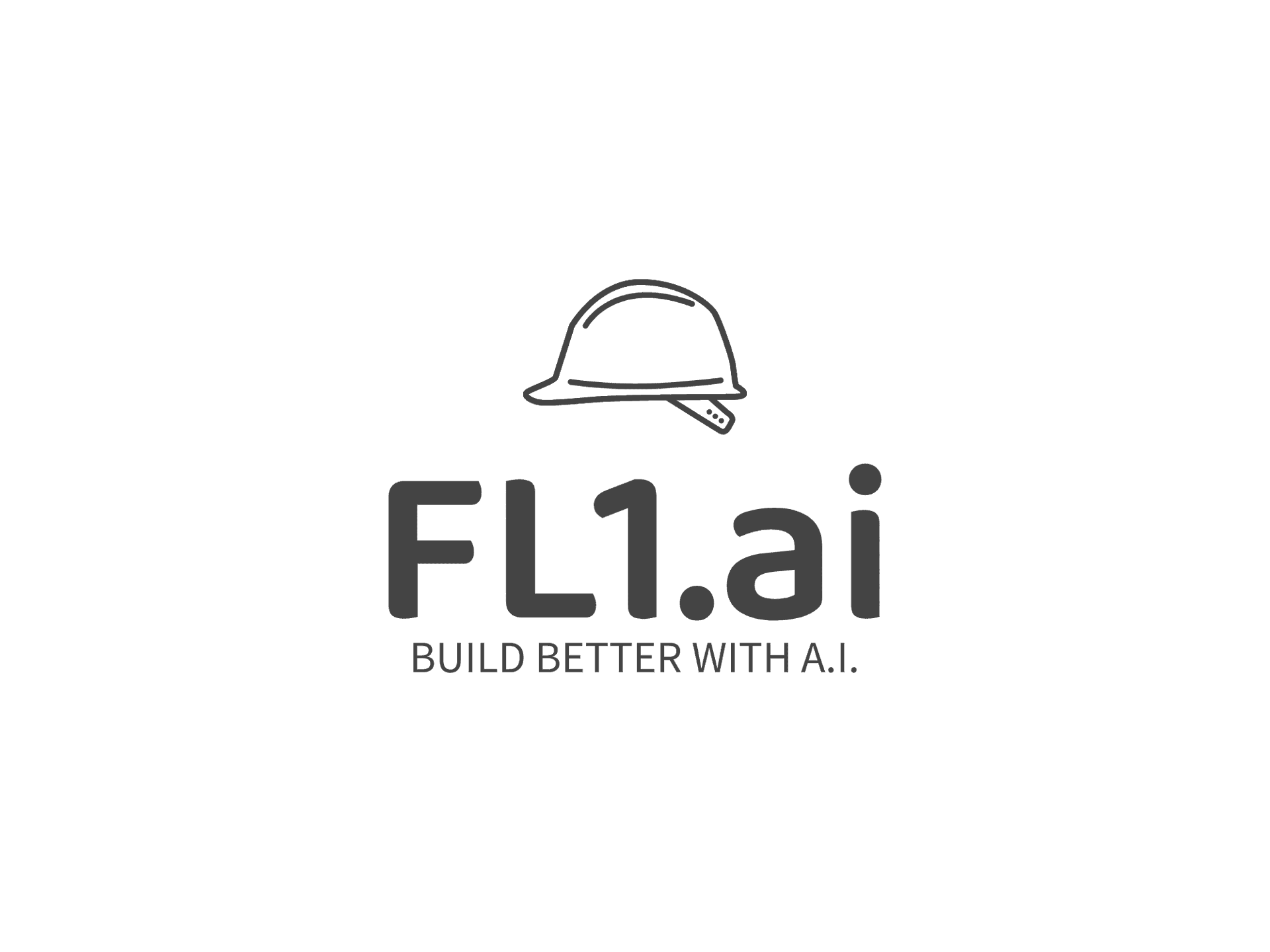How to Implement AI for Better Resource Management in Infrastructure Projects
Understanding the Role of AI in Resource Management
Resource management in infrastructure projects involves allocating resources efficiently, ensuring projects stay on schedule and within budget. With the advent of Artificial Intelligence (AI), there are now sophisticated tools and systems available that can significantly enhance this process. AI can analyze vast amounts of data in real time, providing insights that were previously unattainable. This capability makes AI an invaluable asset for project managers looking to optimize resource allocation.
Implementing AI in resource management does not mean replacing humans but rather augmenting our capabilities. By leveraging AI, project managers can make more informed decisions, predict potential issues, and streamline operations. This results in better project outcomes and improved resource utilization.

Steps to Implement AI in Infrastructure Projects
To successfully integrate AI into resource management for infrastructure projects, it’s essential to follow a structured approach. Here are the key steps:
- Identify Objectives: Clearly define what you aim to achieve by implementing AI. This could be reducing costs, improving timelines, or optimizing resource allocation.
- Select the Right Tools: Choose AI tools that align with your objectives. Consider factors like scalability, ease of integration, and user-friendliness.
- Data Collection: Gather relevant data that AI systems will use for analysis. Ensure data is accurate and up-to-date to get reliable insights.
Once these foundational steps are in place, the next phase involves training the AI models and integrating them into existing systems. This process requires collaboration between data scientists, IT professionals, and project managers to ensure smooth implementation.
Training AI Models
Training AI models is a critical step in implementation. Models need to be trained using historical project data to recognize patterns and make predictions about future resource needs. It’s important to continuously update these models with new data to maintain accuracy.

During training, regular monitoring and testing should be conducted to refine the models. This helps in identifying any discrepancies or areas where the model's performance can be enhanced. An iterative approach ensures that the AI system evolves with changing project requirements and data inputs.
Integrating AI with Existing Systems
Integration of AI with existing infrastructure management systems can be complex but is crucial for seamless operations. Begin by assessing current workflows and identifying areas where AI can add value without disrupting processes. Incremental integration allows teams to adapt gradually, minimizing resistance and operational hiccups.
Moreover, providing training sessions for staff is essential to ensure they are comfortable using new AI tools. This empowerment leads to more effective use of technology and fosters a culture of innovation within the organization.

Measuring the Impact of AI
Post-implementation, it’s important to measure the impact of AI on resource management. Use key performance indicators (KPIs) such as cost savings, project timelines, and resource utilization rates to assess effectiveness. Regular reviews help in understanding how AI contributes to project success and identify areas for further improvement.
The insights gained through these assessments not only validate the initial objectives but also guide future enhancements in AI applications. As technology evolves, staying updated with the latest advancements can provide a competitive edge in managing infrastructure projects.
The Future of AI in Infrastructure Projects
The potential of AI in infrastructure projects goes beyond resource management. As AI technology continues to evolve, its applications may extend into areas like predictive maintenance, risk management, and even autonomous construction activities. By embracing these technologies today, organizations position themselves at the forefront of innovation, ensuring they remain competitive in an increasingly digital landscape.
In conclusion, implementing AI for better resource management in infrastructure projects offers numerous benefits. From improved decision-making to enhanced efficiency, AI serves as a powerful tool that can transform how projects are planned and executed. By following a structured approach and continuously measuring impact, organizations can maximize the value derived from AI technologies.
